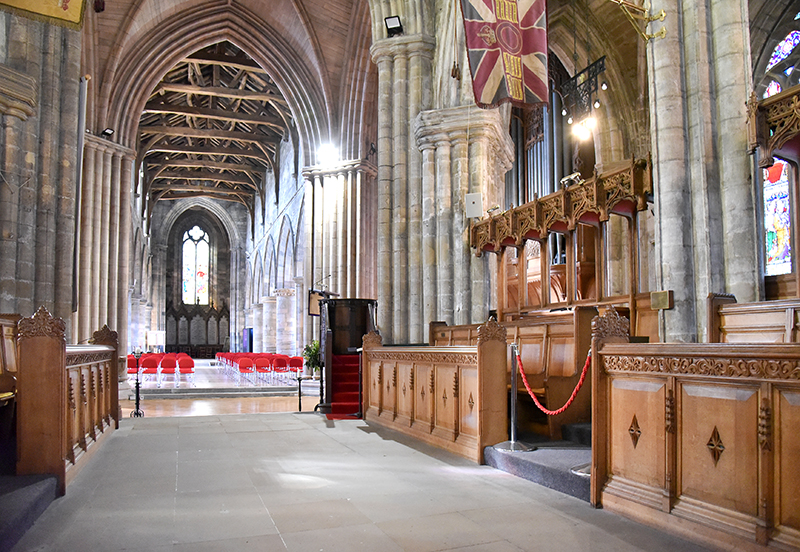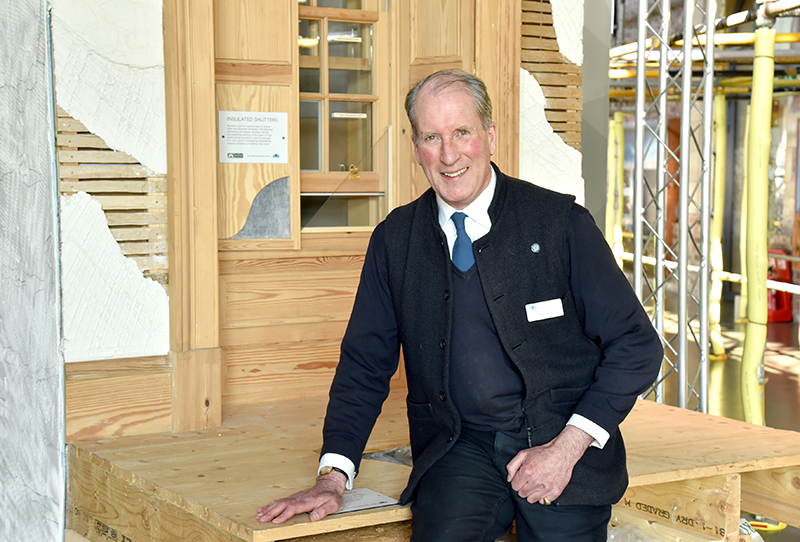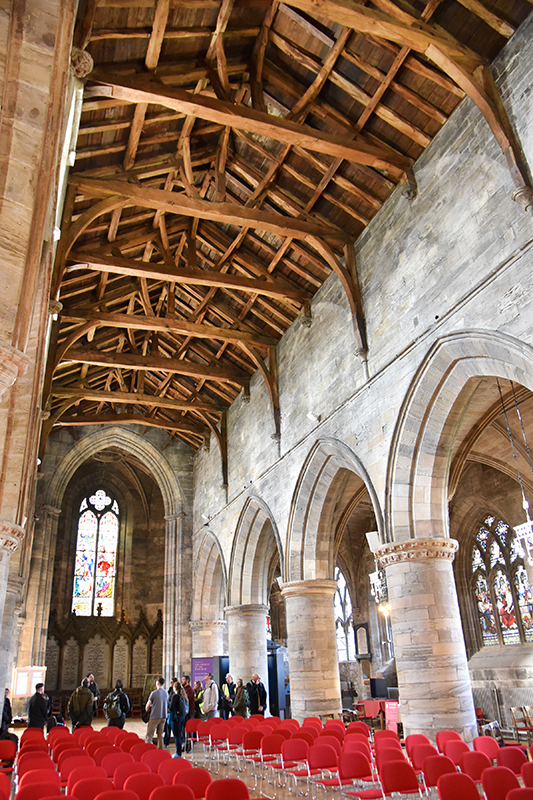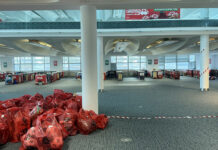
TRADESPEOPLE from as far afield as Germany were in attendance at a recent Historic Environment Scotland (HES) event which shone a light on two ancient and renovated roofs in Stirling’s Old Town.
Hosted at the Engine Shed, HES’s dedicated building conservation centre in Stirling, the Conserving Timberwork event began with a series of morning talks on the variety of timber types and their uses in Scotland’s traditional buildings. Attendees were also given an insight into the typical decay, defects, and weathering issues in structural and finishing timberwork, as well as how to best address the issues.
The talks – led by Roger Curtis, head of technical resources at HES – set attendees up for an afternoon session, where they received a breakdown of the city’s Church of the Holy Rude roof, which dates back to 1452, as well as the reconstruction of the roof of the Great Hall at Stirling Castle.

“It’s really good to see so many trades here and those who want to enter that market,” Roger told Project Scotland. “We’ve got joiners, architects, and building surveyors, as well as a couple of students as well – so really pleased with the range of people we’ve got.”
Featuring a hammerbeam roof, the Church of the Holy Rude’s oak timbered ceiling is the oldest surviving example of its kind in Scotland. Originally built in 1129, the church was rebuilt following a fire in 1405, with future renovation works seeing the roof covered – before being re-exposed in a restoration in the 1940s.

The tour of the building featured remarks from Stirling District Tourism as well as Roger explaining the technical points of the impressive roof – building on the earlier seminars on the maintenance of historic timber structures.
Many of the joiners in attendance have ambitions of branching out into historical restoration work, with attendance at the event coming with certification and advice on next steps.
“We had a lot of questions, not just on the timber side, but the traditional building makeup,” Roger added. “It’s really good, firstly, for the people who are doing it already, but also the folks who are interested in coming in and becoming a part of it and earning a living getting good work and getting paid, which is a new opportunity we’ve perhaps not really encouraged before.”
Next up was a visit to the nearby Great Hall of Stirling Castle, which HES restored in 1999 – rather controversially – with it being limewashed to give a distinctive yellow colour that resembles what it would have looked like in 1504. The hall’s original roof, which is believed to have inspired the roof for the Great Hall of Edinburgh Castle, was removed in the 19th century when the facility was transformed into military barracks.

Some 400 Scottish oaks were used by HES to create the new roof, with it sitting six metres from the hammerbeams and seven from the corbels – with the hall being 42m-long and 15m-wide.
“I think the main takeaway is looking after and maintaining things right,” Roger concluded. “If you look after and maintain it right it’ll last a lot longer and you won’t need those really expensive repairs later in the day.”











